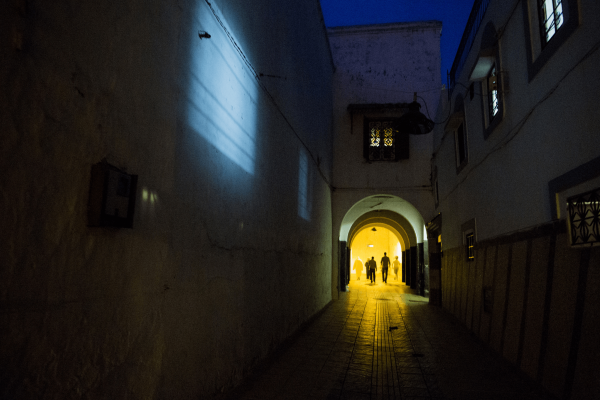Dec 11, 2019
The European Union has pressured Morocco to curb migration in recent years. Since 2014, they have committed to disbursing €232 million for migration-related support. But as funding has increased, so has the violence of law enforcement. Five of the migrants I spoke to referenced personally experiencing police brutality.
Read the Full Article

Already a subscriber? Login
